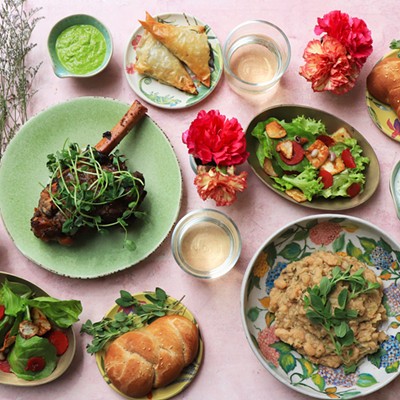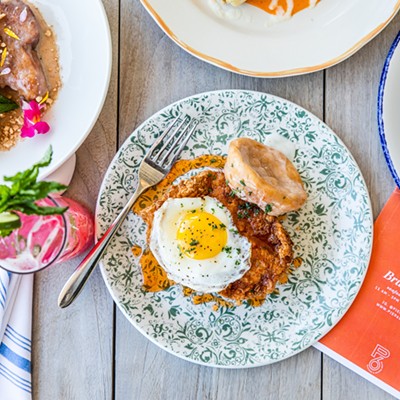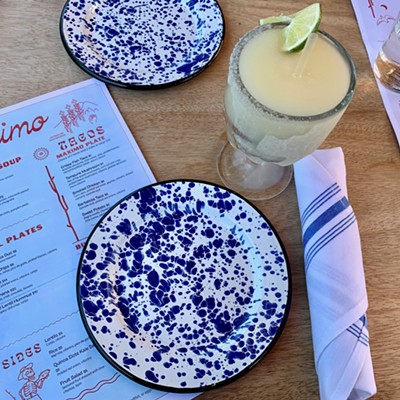Last Christmas, my mom purchased the Eat Smart Nutrition Pro Scale for me to use while I cook. I have type 1 diabetes and need to know how many carbohydrates and grams of fiber are in each item of food I eat. So, when I'm cooking, especially with foods that don't have a nutrition label on the back of the package (mainly produce and protein), this handy-dandy nutrition scale solves all of my problems.
Now, not everyone has type 1 diabetes and needs to take insulin to cover each gram of carb they take in, but if you want to watch your calories while you're on a diet plan, you most certainly can do that, too. Or, if you just want to weigh your ingredients while you're baking, you can do that as well.
The nutrition food scale tells you the ounces or grams in one ingredient -- the calories, carbohydrates, protein, fiber, sodium, potassium, magnesium, total fats, saturated fats, cholesterol, calcium and vitamin K.
The scale comes with a booklet that has a code for almost every type of food you could imagine; some food items are divided into all of the raw and cooked forms you can find them in. Everything is divided into categories like fruits and vegetables, then alphabetically listed with the code next to the item.
For example, chicken has 40 subcategories based on the type of meat (white or dark), the presence of skin, the cut of meat (drumstick, thigh, leg, breast, liver or wing) and how the meat was cooked (roasted, battered and fried, stewed or raw). Being able to specifically narrow each ingredient down to a T significantly helps in determining the exact nutrients in that item.
You can also use the food scale to measure out food that already has a nutrition label. Each serving size on a canned item or a box of, let's say, cereal, has a weighed measurement in grams. With this scale, you can pour the measured amount of cereal -- normally one serving size is 3/4 to 1 cup -- and you can see how many grams are actually in that measured portion.
You'd be shocked to find out that most of the time when we measure things like cereal in a measuring cup, we overfill the cup and are getting more than the intended amount.
Finding out how many calories or carbohydrates are in each food item is fascinating and intriguing to me, so I could spend hours weighing and measuring everything in my refrigerator and cabinets.
If you're diabetic like me, or want to follow a diet plan, invest in this nutrition food scale; be knowledgeable of everything you put in your mouth.
Follow Eating Our Words on Facebook and on Twitter @EatingOurWords





